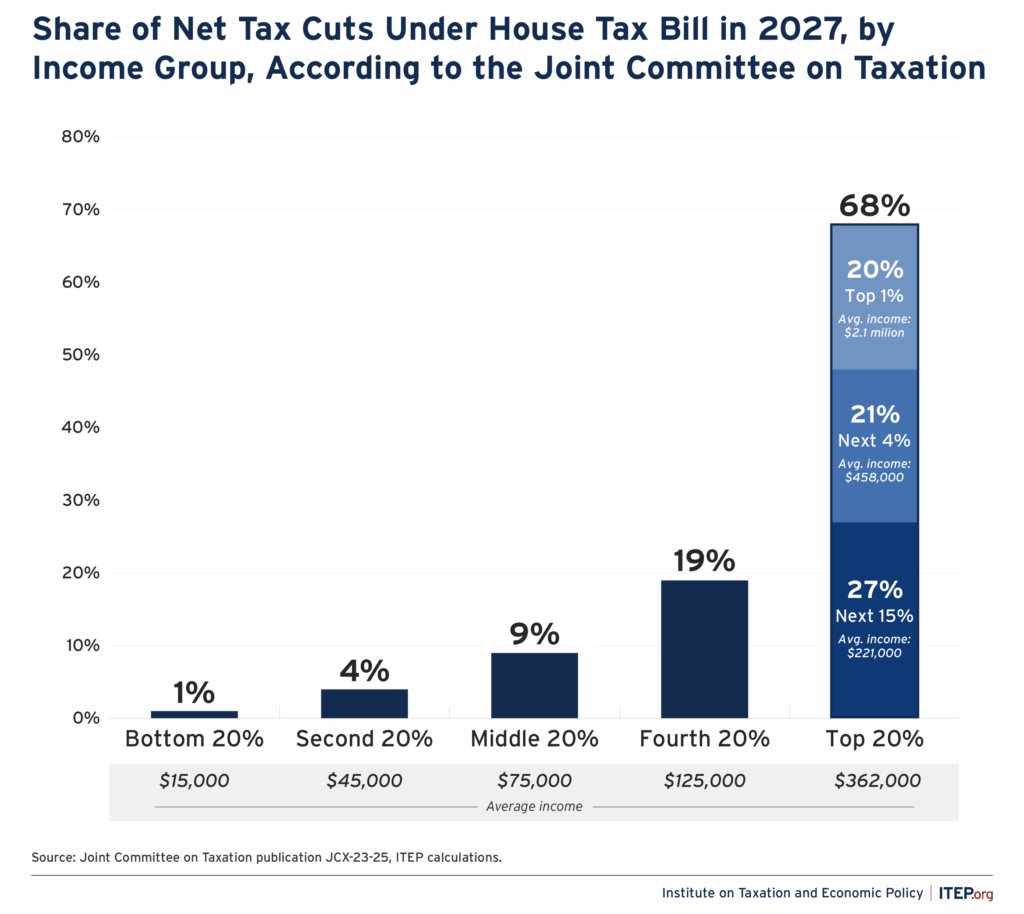Washington, D.C. — President Trump’s latest tax overhaul, nicknamed the “One Big Beautiful Bill,” may have serious consequences for millions of low-income Americans. While the bill promises extended tax cuts for businesses and the middle class, critics say it could gut the nation’s food assistance program, SNAP, potentially stripping benefits from up to 3.2 million people.

Will You Lose SNAP Benefits? Trump’s Tax Plan
| Takeaway | Stat |
|---|---|
| SNAP funding slashed by ~$295B over 10 years | Nearly $300B |
| 3.2M fewer monthly SNAP users expected | –3.2 M people |
| Poorest 10% to lose ~$1,600/year (4% of income) | –$1,600 |
| Millions more uninsured due to overlapping cuts | 10.9M uninsured |
If Congress enacts the current version of the One Big Beautiful Bill, we’re staring at historic SNAP cuts, deeper poverty, and a cost-shift to states. Millions—especially kids, seniors, and working families—could lose essential food and insurance support. During the upcoming Senate debate, ask your representatives: is fiscal balance worth more than feeding and protecting Americans in need?
Massive Cuts, New Rules
The legislation, passed in the House in May and now awaiting Senate debate, would slash roughly $295 billion from the Supplemental Nutrition Assistance Program (SNAP) over the next decade. According to budget analysts, this would make it the most significant rollback of federal food aid in U.S. history.
The proposal doesn’t just trim benefits. It overhauls how SNAP operates, with three major changes:
- Deep funding reductions. The federal government would significantly reduce its share of SNAP spending.
- Tighter work requirements. New mandates would apply to adults ages 55–64 and many parents with children over seven.
- Cost shifting to states. Beginning in 2028, states would be forced to pay more—between 5% and 25% of SNAP benefit costs and 75% of administrative costs (up from the current 50%).
“This isn’t just a budget tweak,” said Stacy Dean, a food policy expert and former USDA official. “It’s a seismic shift in how the safety net works.”
Who Will It Hit Hardest?
Analysts estimate that about 3.2 million people would lose SNAP coverage if the changes go into effect. That includes working families, older adults, disabled individuals, and single parents—groups that already struggle with housing and healthcare costs.
The nonpartisan Center on Budget and Policy Priorities projects the poorest 10% of Americans would lose about $1,600 a year in benefits—equivalent to roughly 4% of their annual income.
States like California, New York, and Texas stand to lose billions in federal funding. In California alone, state officials estimate they’d need to make up a $3.7 billion shortfall in SNAP and related services.
What Experts and Lawmakers Are Saying
Advocacy groups and some Senate Republicans have sounded the alarm. “These cuts will kill,” said Rev. William Barber of the Poor People’s Campaign. “They are an attack on the working poor.”
Even GOP leaders from states with high SNAP usage, like Sen. John Cornyn (R-TX), have expressed concerns. Cornyn said that forcing states to shoulder more of the costs without flexibility could harm “some of our most vulnerable neighbors.”
But the bill’s backers argue the changes are necessary. “We’re rewarding work, saving taxpayer dollars, and giving states more control,” said Rep. Jason Smith (R-MO), one of the bill’s architects.

What Happens Next?
The Senate is expected to begin negotiations ahead of the July 4 recess. Moderate Republicans are already floating amendments that could soften the blow, such as easing work requirements or extending the transition period for state cost-sharing.
Still, if the bill passes in anything like its current form, major reductions in SNAP access could begin as soon as 2026, with full implementation by 2028.
Real-World Impact
Outside the halls of Congress, food banks and healthcare groups are bracing for fallout. “We’re already serving record numbers,” said Celia Cole, CEO of Feeding Texas. “These cuts would send a tsunami of need our way.”
One recent analysis predicted that nearly 11 million more Americans could lose health insurance due to overlapping cuts to Medicaid—a double blow for families who rely on both programs.
What You Can Do
With the Senate still in play, advocates urge Americans to speak up. “Call your senator,” said Dean. “This isn’t a done deal.”
Social media campaigns using the hashtag #ProtectSNAP are gaining steam, rallying support and urging lawmakers to preserve the program.
FAQs
Could my state lose SNAP if you’re making too much?
Yes. States must pick up to 25% of benefit costs and 75% of admin expenses. Some may choose to reduce benefits or tighten eligibility instead—so your local rules could become stricter .
Will work requirements disqualify stay‑at‑home parents?
Possibly. Parents of children as young as seven may face verification. A lapse in reported employment could result in denied benefits houstonchronicle.com.
Can Congress tweak this before SNAP is cut?
Yes. Senate amendments could delay or modify cuts, especially if moderate Republicans push back ahead of the July 4 vote.






